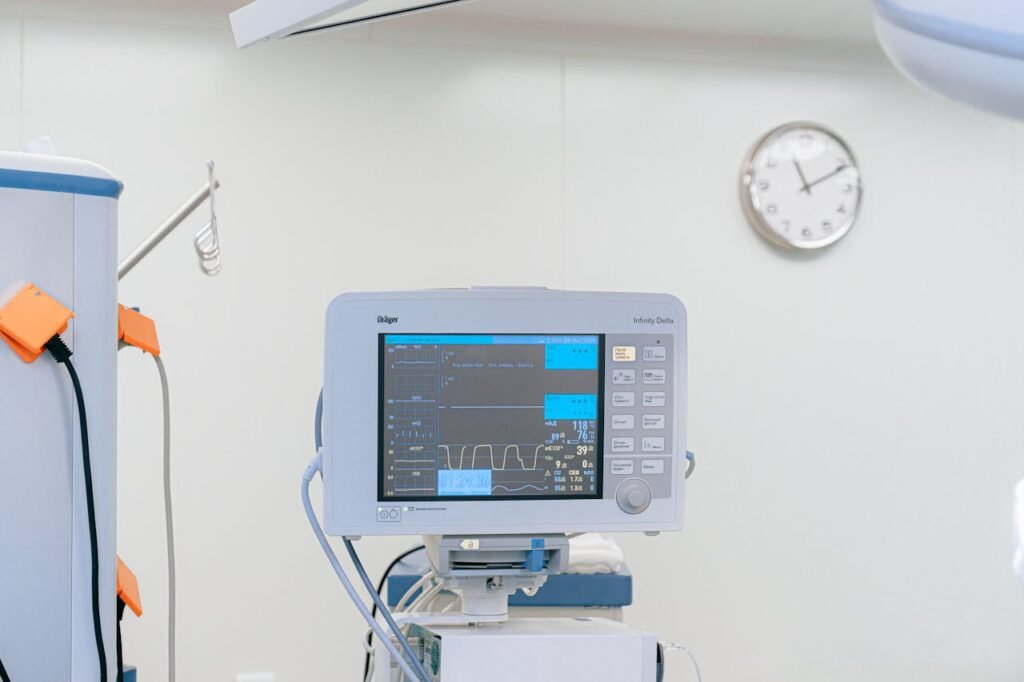When someone loses a limb, they don’t just lose a part of their body—they lose control over everyday actions. From brushing teeth to holding a spoon, life changes in an instant. But technology has given us something amazing: bionic limbs that can move using the body’s natural muscle signals. This is called bionic control.
These advanced prosthetic limbs respond to how the user thinks about movement. It sounds like science fiction, but it’s already here. At RoboBionics, we see it happen every day.
Yet despite the progress, one big challenge remains—most of this innovation is centered in big cities. In smaller towns and rural areas, many people have never even heard of bionic limbs, let alone used one. But that can change.
This article is about how local clinics—the small but powerful health centers across India—can take the lead. With the right knowledge and support, they can bring bionic control to those who need it most, right where they live.
Let’s explore how that future can start today.
What Is Bionic Control and Why Does It Matter?
Turning Thought Into Movement
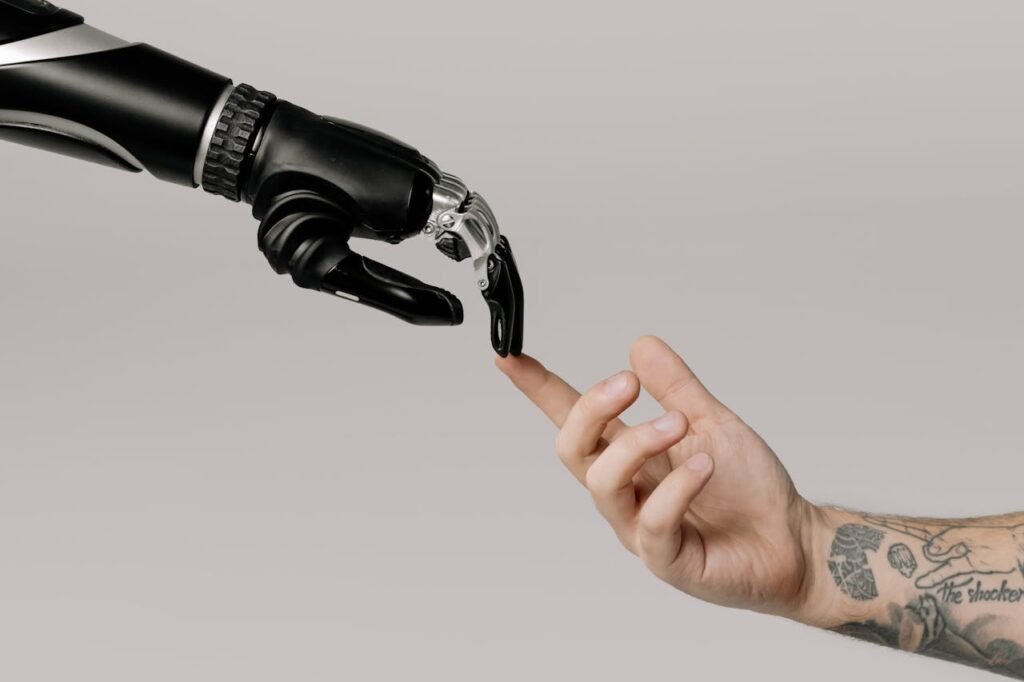
Bionic control means using the body’s own signals to move a prosthetic limb.
It works like this—when a person thinks about moving their hand, small electrical signals travel from the brain to the muscles. Even if the hand is missing, those signals are still there.
A myoelectric prosthetic, like our Grippy™ hand, can read those signals using sensors placed on the skin. The prosthetic then moves, just like a natural hand would.
This gives the user back a sense of control. They don’t have to rely on cables or straps. They move the hand just by thinking, like they used to before.
This is not just about technology. It’s about freedom.
More Than Just Movement
When someone learns to use bionic control, something beautiful happens. They stop seeing the prosthetic as a tool and start feeling it as part of themselves.
It becomes natural to reach, hold, or carry things. It boosts their confidence. It helps them feel whole again.
That’s the real power of bionic limbs. They restore not just motion, but identity.
But for that to happen, users need more than just the device. They need access, training, and care. And this is where local clinics can make all the difference.
The Missed Opportunity in Small-Town India
Most People Still Don’t Know These Options Exist
In big cities, people are starting to learn about bionic hands. There are private rehab centers, social media videos, and tech expos that show off these devices.
But in small towns and rural areas, the situation is very different.
Many people still think a prosthetic means a simple plastic hand or a wooden leg. Something that looks okay, but doesn’t really move.
Some don’t even know that prosthetics are an option after an amputation. They think they’ll have to live with the loss, forever.
This lack of awareness is heartbreaking, because the technology is already here—affordable, working, and made in India.
We just need to take it to the right places.
Local Clinics Are Trusted, But Underequipped
In India, most people go to local clinics first.
These clinics are usually small, personal, and part of the community. The doctor knows the family. The nurses know the history. There’s a level of trust that you don’t always find in big hospitals.
But when it comes to advanced prosthetics, most of these clinics are stuck.
They don’t have the training. They don’t have the equipment. They don’t have demo units to show. And so, they simply don’t talk about bionic options.
As a result, patients walk away without hope. They never learn what’s possible.
This needs to change—and it can.
Why Local Clinics Are the Key to India’s Bionic Future
They Are Closer to the People
One of the biggest challenges with prosthetic care is distance.
Traveling to a big hospital in another city means time off work, extra costs, and logistical stress. Many people delay or cancel prosthetic care simply because it’s too far away.
But a local clinic? It’s right there.
If we can train local clinics to identify candidates for bionic limbs, explain the benefits, and even begin basic muscle training—that alone would be a huge step forward.
Suddenly, bionic care is not some faraway dream. It’s a real option, close to home.
They Can Offer Consistent Follow-Up
Learning bionic control is not a one-time thing. It takes regular practice.
Local clinics are perfect for this because they see the patient often. They can track progress week by week. They can adjust training as needed.
They can be the steady support that helps someone go from confusion to confidence.
And all it takes is the right knowledge, a few tools, and a team that cares.
What Local Clinics Need to Get Started
Awareness and Training

The first step is simple: knowledge.
Clinic doctors and staff need to understand what bionic control is and how it works. They don’t need to become specialists—but they do need to know the basics.
They should be able to explain to a patient, in simple terms, how myoelectric control uses muscle signals. They should know how to spot a good candidate. And they should know where to refer patients for fitting and customization.
At RoboBionics, we offer this kind of training. We run hands-on workshops for medical staff. We offer videos, printed guides, and live demos.
This kind of learning empowers clinics to start the conversation with confidence.
Demo Devices and Patient Tools
Nothing builds belief like seeing something work.
That’s why we provide demo units of Grippy™ to partner clinics. These are fully working models that staff can use to show patients how bionic control feels and responds.
When someone tries the hand for the first time and sees it move, it’s magical. It gives them hope. It makes the idea real.
Clinics can also offer basic tools for home training—like small sponges, balls, or grip blocks. These items are affordable and effective.
They help the user practice control and build the brain-hand connection, even before the prosthetic is fitted.
Simple Muscle Testing Equipment
Before someone gets a myoelectric hand, we need to test if their muscles are sending the right signals.
This doesn’t require a high-tech lab. A simple EMG tester with surface electrodes can do the job. These are small, portable, and easy to use.
With just a few readings, a clinic can tell if someone is ready for bionic control—or if they need a bit of muscle prep first.
We help our clinic partners source and use these devices. It’s not complicated. And it changes everything.
Making Bionic Training Part of Daily Care
Starting Early, Even Before the Prosthetic Arrives
One of the best things a local clinic can do is start preparing the patient early—before the prosthetic hand even arrives. Many people think training starts after fitting, but in reality, the brain needs time to get ready. Clinics can begin simple exercises right after healing begins. These include phantom limb movements, muscle tightening, and basic coordination drills.
This early work helps the brain stay connected to the missing limb. It keeps those muscle signals alive and strong. When the prosthetic is finally fitted, the person already has some control. This makes the learning curve easier and builds confidence right from the start.
Even spending ten minutes a day on focused movements can make a major difference. And local clinics are perfectly placed to guide and encourage this process.
Turning Everyday Objects Into Training Tools
Bionic control doesn’t always require high-end machines or software. Most of the best training happens using everyday objects. A small sponge can help practice grip strength. A coin or pen can teach fine motor control. A simple water bottle becomes a weight-lifting tool to build endurance in the limb.
Local clinics can show patients and families how to use these tools at home. They can create short routines based on the person’s lifestyle—like gripping a cup, folding a napkin, or turning a doorknob. This kind of real-world practice builds skills faster than just repeating exercises without meaning.
It also shows the patient that progress is possible without expensive gear or long travel. That alone is a powerful motivator.
Involving Families and Caregivers
Training Is Easier With Support
Prosthetic control is not just a technical skill—it’s emotional. Some days will feel frustrating. The hand might not respond as expected. Muscles might get tired. Motivation might drop. This is where family support becomes essential.
Local clinics often know the whole family. They can educate caregivers on how to encourage, assist, and celebrate the user’s progress. They can teach gentle ways to remind the user to practice. They can even include caregivers in sessions, so they feel part of the journey.
When the family is involved, training becomes a shared goal. And shared goals are easier to reach.
Clinics Can Build Community
Sometimes the most helpful thing is hearing from someone who’s already been there. Local clinics can create small peer groups—either in person or through WhatsApp or video calls—where users share their stories.
These groups build trust and encouragement. They give people space to talk about their struggles and wins. They offer real-life advice that only another prosthetic user can give.
Even a small monthly meet-up or online session can create a strong sense of belonging. Clinics can become more than a service provider. They can become a support hub.
Overcoming Common Challenges in Smaller Settings
The Fear of “High-Tech” Equipment
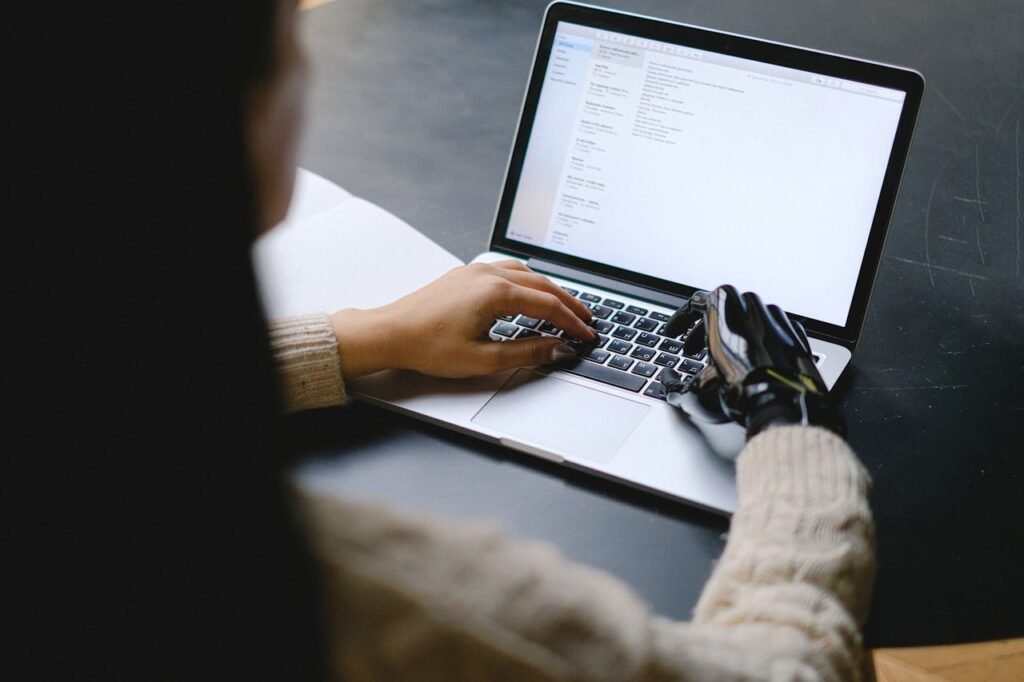
Many smaller clinics worry that bionic limbs are too advanced for them to support. They assume that such devices need lab setups, engineers, or complex machines. But this isn’t true anymore.
Devices like Grippy™ are designed to be simple, reliable, and easy to use in any environment. With just a few hours of training, most clinic staff can learn how to help users get started. The key is understanding the basic principles—how the hand picks up signals, how to fit it properly, and how to guide simple exercises.
Once that’s in place, even the smallest clinic can confidently support a user through the learning process.
Managing Cost Concerns
Another challenge is affordability. Some assume that bionic hands must be out of reach for most patients. But that’s changing too.
At RoboBionics, we’ve built Grippy™ to be both advanced and affordable. With most of its parts made in India, and support structured around local needs, the total cost is a fraction of what imported devices require. We also offer flexible payment plans, funding guidance, and NGO support when needed.
Clinics that partner with us don’t have to handle the cost burden. Instead, they act as the bridge—connecting patients to a full solution that fits their budget and lifestyle.
Building Trust Through Results
Letting Progress Speak
When a patient sees improvement—when they grip their first pencil, or lift a bottle, or high-five their child using their new hand—they start believing in the process. And that belief spreads.
They tell their neighbors, their friends, their colleagues. Word gets out that their local clinic helped them do something amazing. That kind of trust cannot be bought. It must be earned, through care and results.
Local clinics that support bionic control become known not just as medical centers—but as places where people reclaim their lives. And that is something every clinic, no matter how small, can take pride in.
Creating Success Stories
Every person who regains control becomes a story. A story of strength, resilience, and the power of possibility.
Clinics can help share these stories—with the community, online, or even just with other patients. These real-life examples do more than inspire. They show what’s truly possible with local support and the right technology.
How Grippy™ Makes Bionic Control Easy for Clinics
Designed for Simplicity and Real-World Use
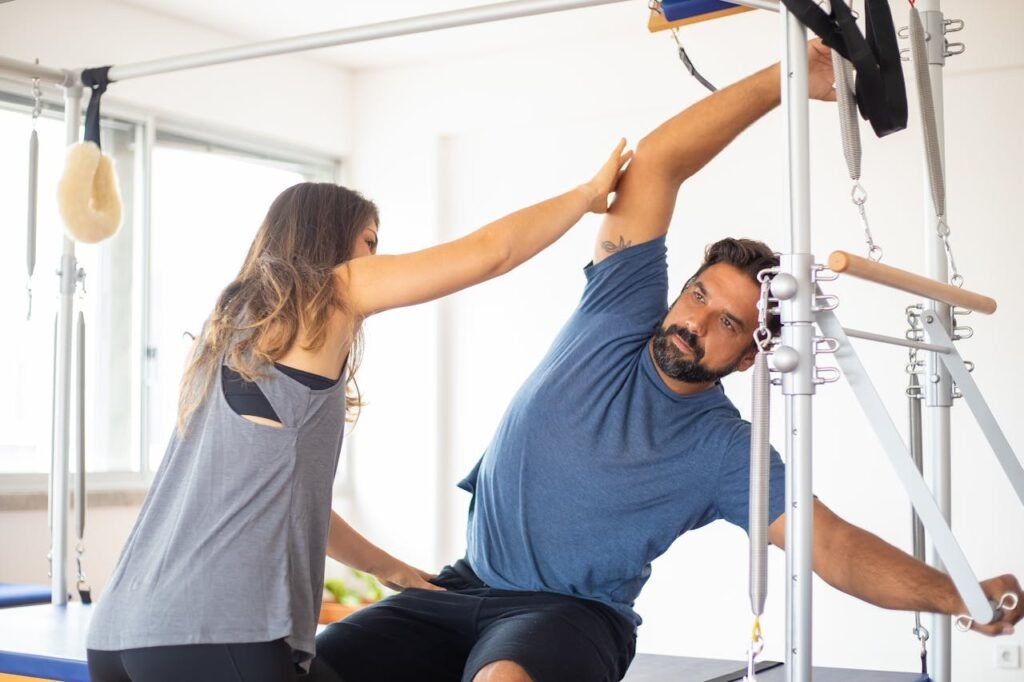
When we built Grippy™, we didn’t just think about the user—we thought about where the user would be. Many of our users come from small towns or villages. They visit local clinics, not large rehabilitation centers. That’s why Grippy™ is made to be easy to set up, simple to train with, and durable enough for everyday life.
The hand picks up muscle signals using sensors placed on the skin. It responds with a smooth grip that users can control with minimal effort. And thanks to its lightweight design, it doesn’t strain the user’s arm. This makes it easier to train, especially in clinics where time and space are limited.
It also works with everyday objects—bottles, pens, utensils—so users can practice at home without needing specialized rehab equipment.
No Special Setup Required
Grippy™ doesn’t need a lab or a robotic workshop. A clean table, a quiet room, and a few training objects are enough to get started. We provide video tutorials, printed guides in regional languages, and a support team that can guide the clinic staff remotely.
The fitting process is straightforward. The training is clear. And the support is ongoing.
We designed it this way on purpose—because we know that big results often come from small, consistent efforts.
What Clinics Can Expect When They Join the Movement
A New Stream of Life-Changing Work
Clinics that offer bionic control support often find a new kind of energy in their practice. Patients come not just for check-ups or medicine, but to learn, grow, and reclaim their strength. This kind of work is deeply rewarding. It brings variety to the clinic’s routine and gives the staff a sense of pride.
It also helps clinics build a new kind of reputation. Word spreads that this is not just a clinic—it’s a place where futures are rebuilt. A place where people find not just treatment, but transformation.
This builds loyalty, trust, and long-term value in the community.
A Support System for the Clinic Itself
Joining hands with RoboBionics doesn’t mean the clinic has to figure everything out alone. We offer full support—from initial training to patient referrals, from equipment setup to ongoing advice.
We stay in touch with partner clinics, helping them handle everything from fittings to follow-up care. Our goal is to make sure they feel confident and empowered, not overwhelmed.
Whether you’re a single-doctor clinic or a small hospital, we help you make a big impact without adding stress.
What Patients Want—And How Clinics Can Deliver
Simple Explanations, Real Answers
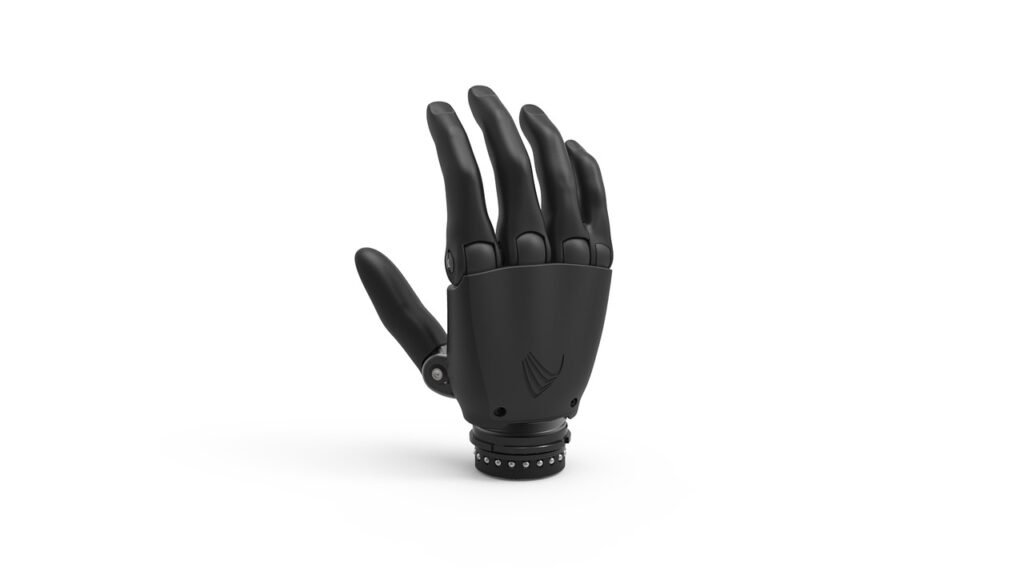
For someone new to prosthetics, the idea of a “bionic hand” can feel intimidating. That’s why local clinics play such an important role. They can explain things in the local language. They can break it down, one step at a time. They can listen with patience and answer without rushing.
This is something big hospitals often struggle with—but local clinics do it naturally.
When a doctor or nurse says, “Yes, you can have a hand that moves again,” and explains how in a calm, clear way—that alone gives the patient hope. And hope leads to action.
A Plan They Can Stick To
Many patients worry that prosthetic training will be expensive, time-consuming, or too hard. But local clinics can show them that training doesn’t have to be complicated. A 10-minute session a day. Practicing with a cup or pen. Tracking small wins. This is enough to build confidence and control.
When patients see a plan that fits their life—not one that disrupts it—they’re more likely to stick with it. Clinics that understand this can guide users gently but steadily toward full independence.
A Vision for the Future
Local Clinics as Centers of Innovation
Imagine a future where every small town in India has at least one clinic that offers bionic support. Where patients don’t have to travel far or feel lost. Where every user has someone to guide them, answer their doubts, and cheer for their progress.
That future is possible. We’re already seeing it in parts of Maharashtra, Gujarat, and Tamil Nadu—where small clinics are taking the lead and changing lives.
With the right tools, training, and trust, this can happen everywhere.
What India Gains When Clinics Lead
When local clinics bring bionic control into their services, India moves faster toward accessible healthcare for all. We reduce the gap between urban and rural care. We speed up recovery times. We empower families. And we show that high-tech doesn’t have to mean high-cost or high-complexity.
India is full of talented doctors, caring nurses, and dedicated health workers in small towns and cities. With just a little support, they can become leaders in the next wave of rehabilitation.
How to Get Started: A Call to Local Clinics
The First Step Is Awareness
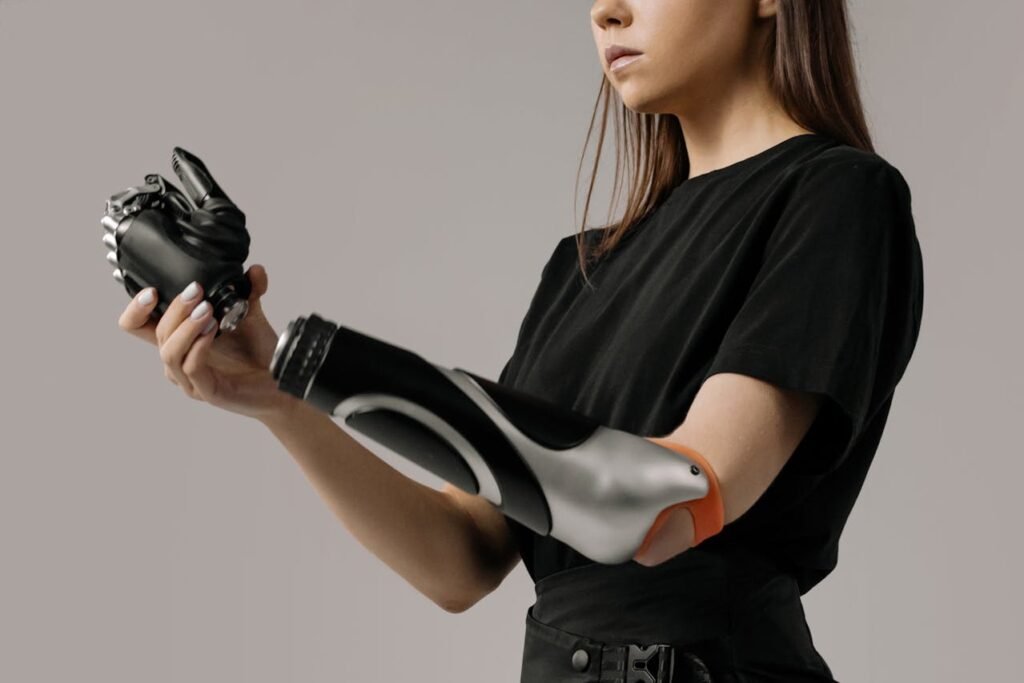
If you’re a clinic owner, doctor, physiotherapist, or health worker, the first step is simple: start learning. Understand what bionic control is. Watch a demo. See how a myoelectric prosthetic works. Talk to someone who uses it.
Once you see it in action, it stops feeling like something distant or complex. It becomes real. And when it’s real for you, it can become real for your patients too.
You don’t need to be an expert from day one. You just need to be open, curious, and committed to giving your patients the best.
Connect With the Right Partners
No clinic has to do this alone. At RoboBionics, we make it easy for local clinics to get started. We provide training sessions, setup support, demo devices, and ongoing guidance. Whether you’re in a city or a village, we tailor our approach to your setup.
You can begin with one patient. One fitting. One story of change. And from there, it grows.
We also support clinics in applying for government funding, connecting with NGOs, and spreading awareness in the local community.
All it takes is a small step. The rest, we do together.
The Bigger Picture: A More Equal, Empowered India
Technology That Reaches Every Hand
The goal isn’t just to build bionic hands—it’s to put them in the hands of people who need them. Not just in metro cities, but in small clinics across India. Because innovation means nothing if it only serves a few.
When local clinics offer bionic care, they help bridge that gap. They take world-class technology and bring it into real-world use. They make healthcare more human, more hopeful, and more accessible.
This is how we build a truly inclusive future.
Lives Changed, Futures Rewritten
Every person who regains movement with a bionic hand doesn’t just get a limb—they get a life back. They can write, cook, work, travel, and laugh without needing constant help. They can hold their child’s hand again. They can hold their head high.
These are not small things. They are everything. And they can all begin with one local clinic deciding to lead the way.
Final Words: Be the Start of Something Big
At RoboBionics, we’ve always believed that real change starts small. One clinic. One patient. One new possibility.
If you’re reading this as someone who works in a local clinic, we invite you to become part of this movement. Help us bring bionic control to every corner of India. Help us make sure no one is left behind, simply because they live in a small town.
You don’t need fancy equipment. You don’t need a big budget. You just need the will to make a difference.
Let’s work together. Let’s change what’s possible. Let’s give every person the chance to take back control—with care, with dignity, and with pride.
To learn more or schedule a free training or demo session, visit robobionics.store/bookdemo
We’re here. We’re ready. And we believe in the power of your clinic to change lives—one hand at a time.



